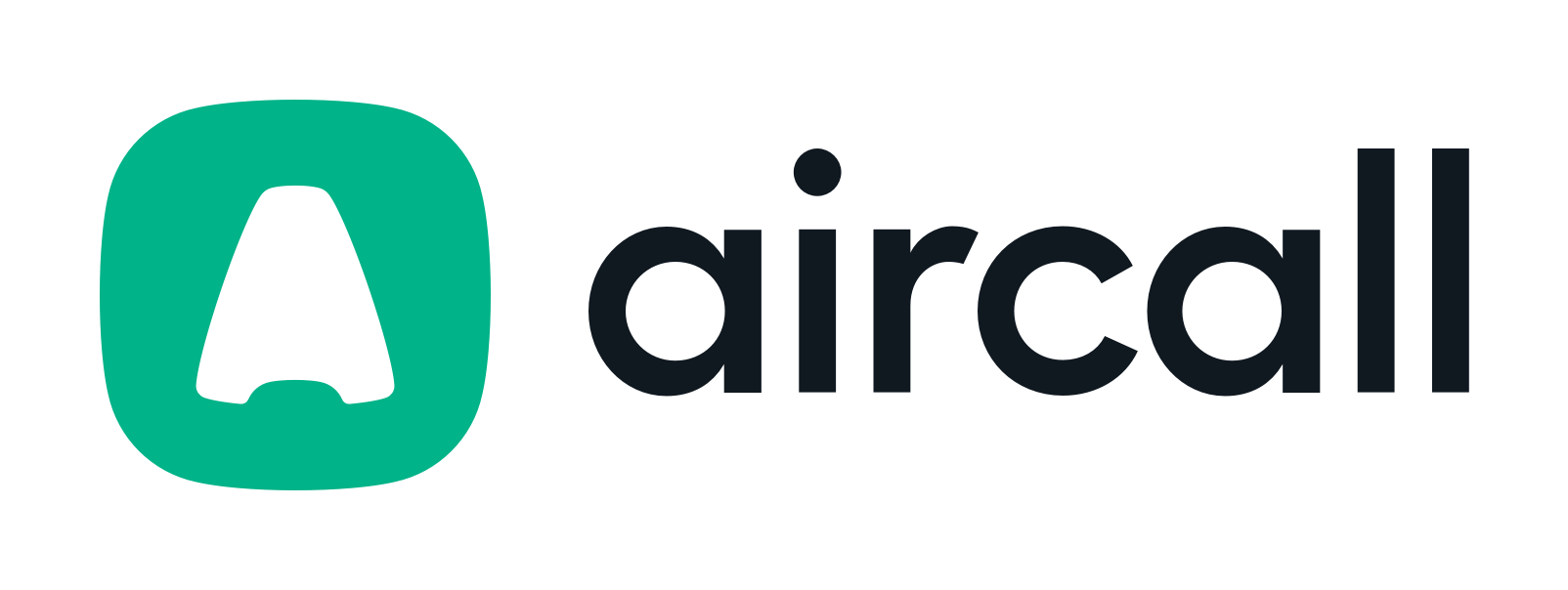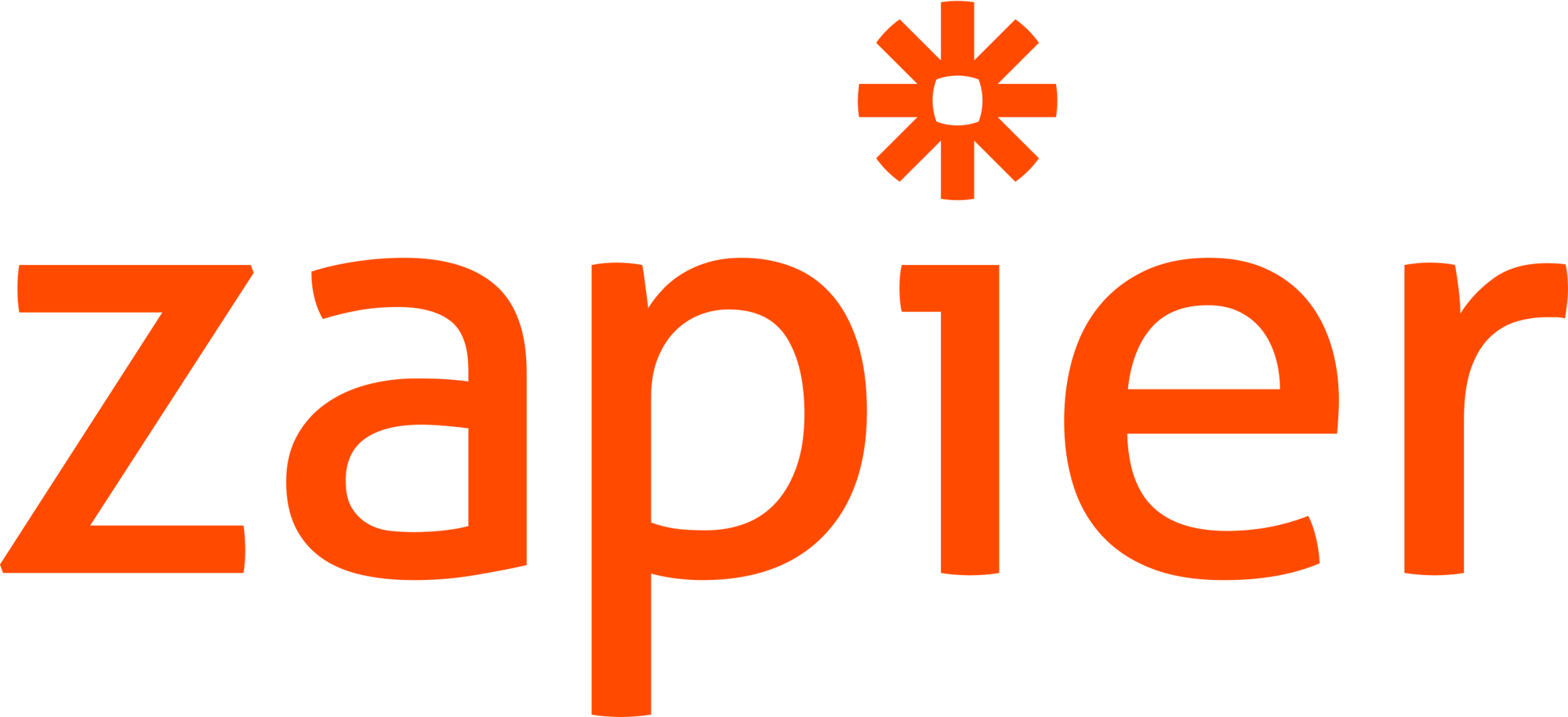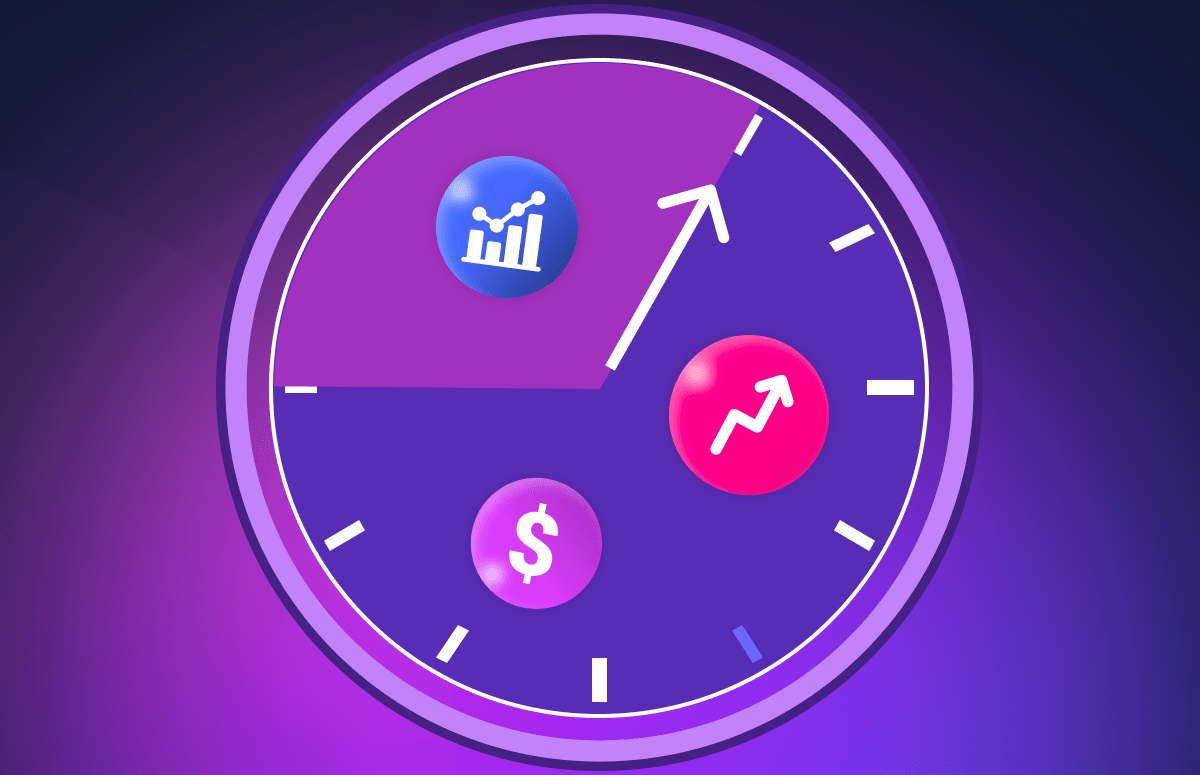
21 Lead Qualification Questions For A Better Attendance Rate

Once you identify and connect with ideal fit prospects, it’s time to determine their stage in the buying journey. Asking the right questions helps you qualify and rank the leads in your sales pipeline.
These are the lead qualification questions to ask during your next sales call:
- How did you find out about us?
- Are you the person who makes the decision on this?
- What are your priorities at the moment?
- Can you list your top challenges?
- Is doing nothing an option for you?
- What are your personal goals?
- Can you tell me about your budget?
- What other solutions have you considered?
- When do you expect to see results from this solution?
- Who is in charge of implementing this solution?
- What is your current timeline?
- What did you like/dislike about your previous providers?
- What are your expectations around pricing negotiations?
- What level of training and support do you expect?
- What are your expectations around integration?
- What are the main features you want in a solution?
- Who makes the final decisions?
- What potential obstacles do you anticipate?
- What’s the reason for addressing this pain point now?
- Have you tried to solve this problem before?
- Which other departments are involved with the implementation?
%20%5B%2B%20FR%2c%20ES%20and%20DE%20variations%5D/Lead%20qualification%20questions/EN_lead-qualification-questions-card.png?width=1000&height=646&name=EN_lead-qualification-questions-card.png)
1. How did you find out about us?
It seems simple, but by asking, “How did you hear about us?” you can gain a lot of info about an inbound lead. You’ll be able to learn more about their intention to buy and find out if the prospect came through harder-to-track sources (like getting a referral).
You must do something right if someone comes to you with a problem. So, kick off the call with this simple question before getting into the nitty gritty.
Why it works: Opening by asking how the prospect found you will indicate how familiar they are with your company and what you sell. You can find out if they are looking at any competitors off the back of it. Prospects contacting companies for more info are more likely to be further down the buyer’s journey.
2. Are you the person who makes the decision on this?
Often, the end user isn’t the one making the purchasing decision. The first person you connect with on a cold call may not be the one holding the credit card.
It’s not uncommon for sales reps to think they’re speaking to the decision-maker only to find out they aren’t… or that more people need to weigh in. It’s also common for executives to delegate initial conversations to an assistant.
Why it works: Cut right to the chase. Ask if the person you’re speaking to is the decision-maker or if others would need to sign off, too. Get the names and job titles of all people in the decision-making process.
If you are speaking to the right person, great! If not, ask for a referral to the right person (or people) to set up a meeting.
3. What are your priorities at the moment?
The priorities of potential customers will help you determine whether they’re a good match. For example, unqualified leads looking only at cheaper software than their current solution won’t be a good fit for premium tools at a higher cost.
Why it works: When prospects share their top priorities, they tell you what matters most to them right now. You can answer sales qualification questions like what features do they want? Which pain points they most need resolved? And what types of solutions are they most urgently looking for?
💡 Tip: Most of your prospects won’t be in the market to buy right now. And that’s okay! Remember, on Chet Holmes’ buyers’ pyramid, only 3% are actively ‘buying now’ if you segment the market.

4. Can you list your top challenges?
If you ask a prospect about what’s currently not working, they’ll likely give you a straight answer. What are the top challenges they’re facing, and how are those challenges impacting their business?
Why it works: Identifying a prospect’s top challenges is one of the most important lead qualification questions. You’ll learn their motivation for action now and assess their problems to determine whether your product is a viable solution.
If the pain point isn’t high enough up the priority list, you can help the prospect with useful info and ‘right now problems’. Chris Ritson, Founder of a sales coaching business, uses this technique to tackle the “not the right time” cold calling objection.
5. Is doing nothing an option for you?
Many customers will say, “No, doing nothing isn’t an option,” which indicates a high-intent lead. A sales lead qualification question like this can also be a powerful tactic, as the prospect may realize they need a solution.
But sometimes, the answer to this question is yes. The prospect might say, “Yes, we can afford to see how things play out”, or “Yes, we’d like an improved solution, but we don’t need one.”
Why it works: Doing nothing can be an option for the prospect. It’s usually a case of: ‘If it ain’t broke, don’t fix it’. In this situation, the lead doesn’t consider changing an existing solution that mostly works. Implementing new solutions is riskier than sticking with what you’ve got.
A personalized sales pitch showing how your product’s features beat the current solutions’ will help them see what they’re missing. If it doesn’t resonate right now, you can prioritize other leads.
6. What are your personal goals?
Every stakeholder will have goals for the product or service in question. They may want to speed up processes, save money, or get more features. Decision-makers’ goals will be different from those of end users. Executives, for example, will be more concerned with the ROI of the solution.
Why it works: Hearing a prospect’s personal goals can help you determine whether your solution is up to the task. If not, you can disqualify the lead early.
If your solution is a fit, successful sales reps know how to showcase the areas of the product that will interest the prospect most.
7. Can you tell me about your budget?
Any sales rep can tell you that asking the budget question is a big deal. While a motivated sales prospect may have a little wiggle room, there’s no closing the gap between a $5,000 budget and a $15,000 contract.
Learn about the prospect’s desired budget and (if they’ll tell you) their “stretch” budget that they could use if needed.
Why it works: Price alignment can make or break even the best deals. It’s important to make sure you’re on the same page (or at least in the same book) before going ahead.
Consider what the prospect wants and whether it’s realistic for the budget. You might be able to meet their budget, but not with the scale of features, usage, or number of users they need.
8. What other solutions have you considered?
Outbound sales doesn’t happen inside a bubble. While the prospect is talking to you, there’s a good chance they’re answering the same lead qualification questions for a competitor too
Why it works: Knowing which solutions prospects are considering can be invaluable, especially when you compare the competitors against the client’s priorities. You may realize you’re losing if the prospect stresses that budget is their priority and two competitors come in at much lower pricing.
It’s great to invite the elephant into the room, too. Sales reps shouldn’t shy away from speaking about competitors on calls, as Rory Sadler, Co-founder and CEO at trumpet explains in the video below.
Rory explains - This isn’t about bad-mouthing competitors but guidance and side-by-side comparisons to help the prospect. 🎬
9. When do you expect to see results from this solution?
Some products and services take longer to deliver results. You need to make sure that the prospect has the right expectations.
Significant results can take anywhere from several weeks to several months to show. If the prospect wants instant results, they’ll likely churn if they convert.
Why it works: This sales question outlines what the prospect expects to see and when they want to see it. Some prospects may be open to education about why results may or may not be possible in certain timeframes; others won’t. Unrealistic expectations can disqualify prospects quickly.
10. Who is in charge of implementing this solution?
The ultimate decision-maker may not be the end users.
Find out the person or department that will be responsible for the solution. The info you get from this will help personalize the onboarding process and ensure they get the most out of the tool.
Why it works: A buying decision can come down to the finer details, like how much support you get. You need to include questions like this in the qualification process to assess if you’re the best fit.
Here’s an example of the different pain points the C-suite faces. 👇

11. What is your current timeline?
If prospects are in the market to buy, they’ll often have a deadline for when they want the solution implemented. The more specific or urgent the timeline, the more high-intent the prospect is.
Knowing a lead’s timeline allows sales reps to pace follow-ups and calls. If a lead isn’t ready to decide for six months, you can work backwards from that point.
Why it works: Potential buyers who are problem-aware will search for a solution. As a result, they likely have a general timeline for when they plan to buy and have that solution.
The more urgent the timeline, the higher up the priority list the lead should be. Prospects with short timelines are true “hot leads,” so you must follow up and ensure that every touchpoint adds impact and value.
12. What did you like/dislike about your previous providers?
Most prospects will have a current provider. So, if they want to change it up, ask why. 🤔
People don’t switch vendors for no reason. Onboarding, implementation, and adoption is time-consuming (and expensive).
Why it works: Understand how their current vendor isn’t meeting their needs, whether due to budget, features, quality, or a lack of support. Personalize your demos to show additional features or what your solution can do better.
As a bonus, customer insight into your competitors and where they are weaker never hurts.
💡 Need help with how to open a cold call? Try this!
13. What are your expectations around pricing negotiations?
How long does the prospect hope or expect the negotiation period to last once they decide to move forward? And do they expect room for negotiating price?
A custom solution often allows for price negotiations, especially for big customers. 💰💰💰
Why it works: Some prospects will always try to see if they can get a better deal and fair play to them. Effective qualification can help predict if the prospect will go down this route. You’ll be able to flag to the account executive that they’ll likely try to negotiate hard, which will help to prepare for closing.
14. What level of training and support do you expect?
Some tools only provide support at a basic level unless you’re on a higher price point plan. Asking questions about the support the prospect needs helps to set expectations.
Why it works: This lead qualifying question usually doesn’t come up until later in the sales process. But because a mismatch in expectations can derail a deal, it’s best to ask it during an initial contact.
Prospects who want one-on-one onboarding and training aren’t ideal fits for self-service tools that rely on knowledge bases.
15. What are your expectations around integration?
This is a big question for SaaS tools in particular. Many prospects already have complex tech stacks, and you need to know which tools they are working with.
Why it works: If you integrate with something the prospect already uses, your solution will be much stickier. People want to be able to add tools to the tech stack that complement what they already have.
If you don’t have an out-of-the-box integration, don’t panic. Highlight if you have an API or any popular Zapier integrations.
16. What are the main features you want in a solution?
Plenty of SaaS tools come with long lists of key features, and your customer base will know what they want. Every other feature is a bonus or even irrelevant.
A prospect choosing social media management software may care about scheduling, and that’s it. They may care less about in-depth analytics or a hashtag generator.
Why it works: If your product lacks the features the prospect wants, be honest about what you can offer. This question is often an easy way to disqualify leads who aren’t a fit. You’ll also be able to communicate the value of your extra features, as the prospect might not understand (it depends on where they are in the sales cycle).
17. Who makes the final decisions?
Even if many decision-makers have a say, one person might need to give the last go-ahead for a sales deal to move forward.
Towards the end of the call, ask which person makes the final decision. If you haven’t already, ask if they have any priorities or concerns to consider.
Why it works: Every decision-maker may have their concerns. Appeal to each decision-maker, but pay close attention to the person who will accept your offer.
👉 Remember, different decision-makers will need unique approaches. For example, here is a framework (see the graphic) for speaking to a CEO.

18. What potential obstacles do you anticipate?
The person on the other end of the line is excited and motivated. Your budget aligns, and you have all the features they need, but things can still derail a deal. You need to ask about potential obstacles or roadblocks; they could be people, processes or even your competitors.
Why it works: Knowing what you’re up against is always the best option when qualifying sales leads. Disinterested decision-makers can put contracts on hold, and if there isn’t buy-in within the business, you could be set up for failure.
If reps pass on the obstacles that could block the deal, account executives can step in before things go sideways.
19. What’s the reason for addressing this pain point now?
There’s nothing like asking “why now” during sales calls to understand the motivating factor that pushed the prospect to act. Prospects often consider adopting a new product or service long before they do.
Why it works: Understanding why a prospect was finally pushed to act can highlight their most significant pain points. It will also give you an idea of how motivated they are to find a solution and what features, functionality, or services matter most to them.
20. Have you tried to solve this problem before?
When they tried to solve the problem before, what did they try and what happened?
An ad agency, for example, may find that the prospect tried Facebook Ads with internal team members but didn’t see good results. They’re hesitant but believe they can get better results with skilled experts.
Why it works: If the prospect has tried other solutions in the past, it’s possible other vendors, internal processes, or obstacles burned them. Sales reps should build trust and explain how the product can resolve their problem.
21. Which other departments are involved with the implementation?
Each department likely has pain points to consider. Marketing will have different concerns than sales, finance, and legal.
Why it works: Everyone involved in implementation may not necessarily be a decision-maker. Still, preparing for a smooth onboarding process across the board can improve retention. Avoiding roadblocks early leads to happier clients in the long term (and better account mapping).
/EN_account-mapping-example-infographic.webp?width=800&height=960&name=EN_account-mapping-example-infographic.webp)
What is sales qualification?
Sales qualification is the process of determining if a lead is a good fit for your product or service.
During sales calls, sales reps learn more about a prospect’s pain points, expectations, and budget to assess whether they will convert.
Lead qualification also helps sales teams assess a potential deal’s estimated value. Sales reps can then focus on leads with higher-value deals.
Why do you need to qualify prospects?
Every lead is valuable, but not all leads are worth the same time and effort. Qualifying prospects in B2B sales helps to support potential customers and sell more.
Find out where people are in the buyer’s journey
When you first connect with a prospect, they might know about your product and be close to purchasing it.
Others know a little about your business and are looking for a solution like yours, but they’re still trying to figure out exactly what they need. And many customers are somewhere in the middle.
Knowing where a prospect is in their buyer’s journey helps your sales team provide the right information, support, and offers.
Some customers need more product education or more time to consider their options. Others will jump at an aggressive deal. Sales reps should follow up more frequently with buyers further along in the cycle.
Maximize close rates and meeting attendance
Qualifying leads helps sales reps better understand a prospect’s specific needs.
You can also personalize touchpoints to account for the prospect’s specific needs. This can increase meeting attendance and maximize close rates, as you can appeal to each prospect’s needs.
Higher ROI for the time you put in
Qualified leads are the easiest to prioritize. Sales reps can invest more energy into leads that are further along the buying cycle or more motivated to act. By investing time strategically, you’ll get more closed deals.
Don’t waste time on uninterested prospects
We’ve all been there, but continual outreach to prospects who will never convert is a waste of time.
When sales reps flag that the prospect isn’t serious about the solution or isn’t a good fit for the product early on, that’s a good thing. They won’t dedicate valuable time to prospects unlikely ever to convert. Ultimately, thoroughly qualifying leads is the only way to know whether that’s the case.
Final thoughts on lead qualification questions
Qualifying sales leads helps sales reps know which leads to prioritize and when to reach out. They can determine where prospects are in the buying cycle, whether they’re likely to convert, and how best to move the deal forward.
Accurate European contact data
Get accurate data for your prospects and connect with your favorite sales tool









